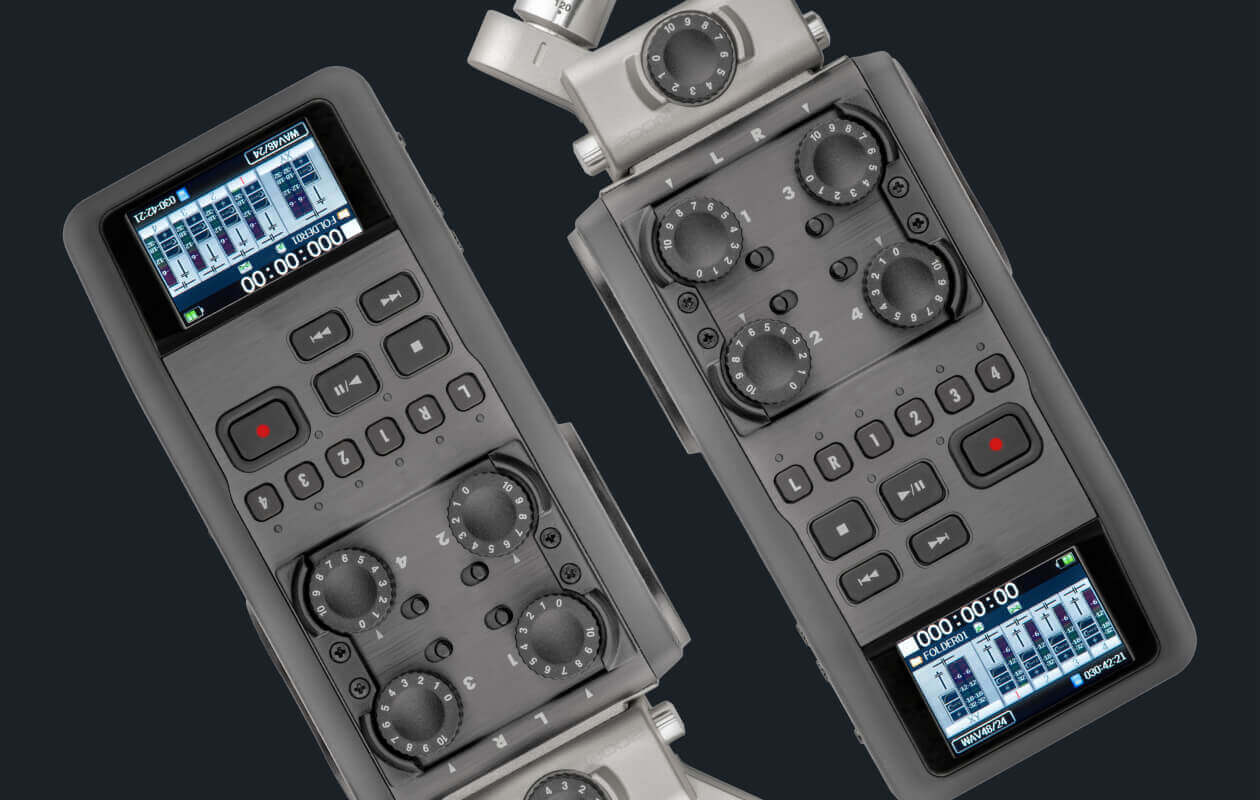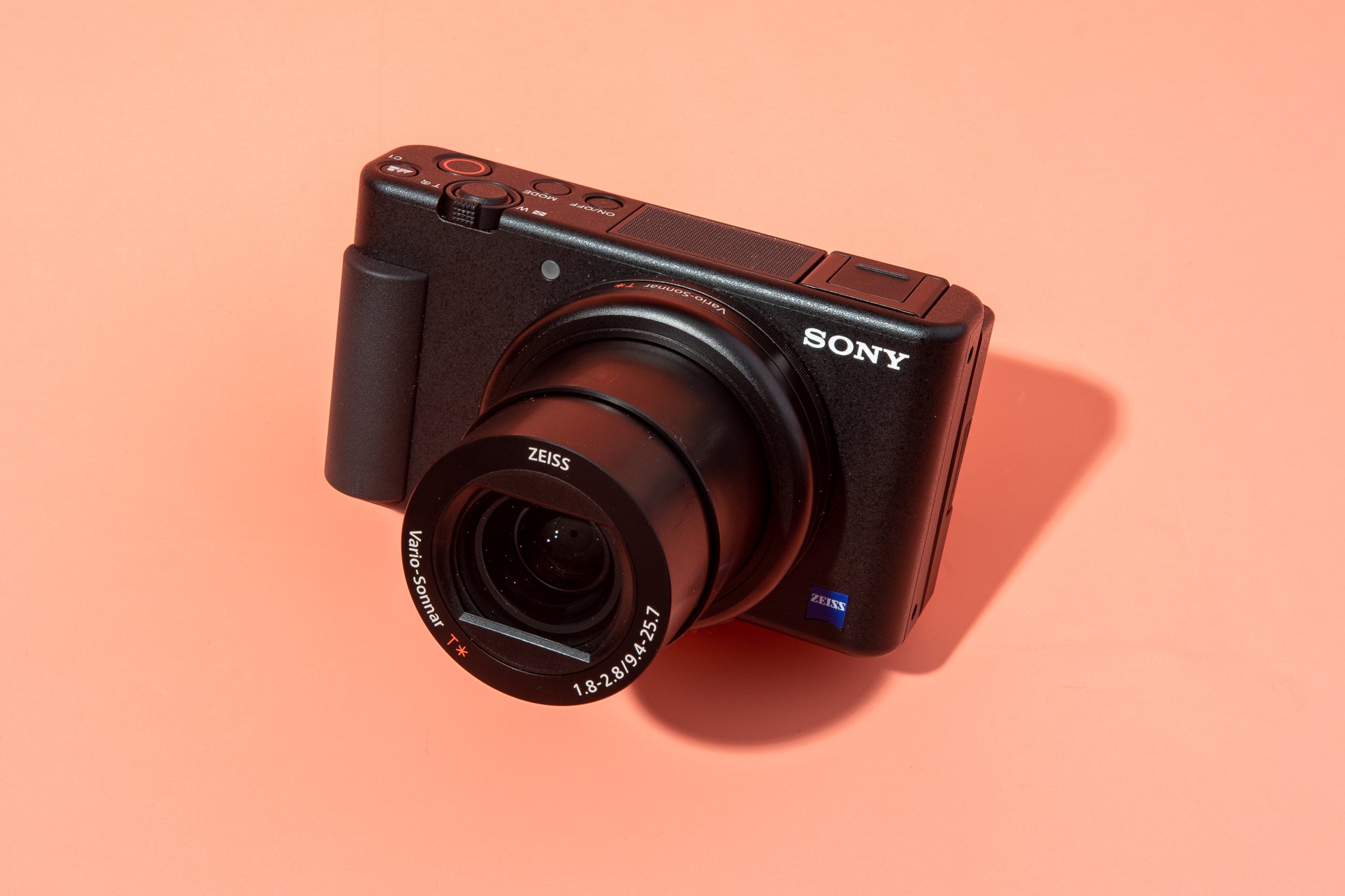Introduction
Zoom has become an indispensable tool for online meetings, webinars, and virtual classrooms. One valuable feature it offers is the ability to record your sessions, allowing you to review or share them later. However, you might be wondering, “How long does it take for Zoom to process a recording?”
The processing time for Zoom recordings can vary depending on various factors, such as the length of the audio or video, internet connection speed, and the options you choose for processing. Understanding these factors can give you a clearer idea of how long you can expect Zoom to take to process your recordings.
In this article, we will explore the different factors that can affect the processing time of Zoom recordings. We will also discuss Zoom’s processing time estimate and explore additional processing options. Lastly, we will highlight some alternatives you can consider if you need faster processing or more advanced editing capabilities.
So, if you’re curious about how long it takes for Zoom to process your recordings, keep reading to gain valuable insights into this topic.
Factors Affecting Processing Time
Several factors can influence the processing time of Zoom recordings. Being aware of these factors can help you understand why processing times may vary from one recording to another. Let’s take a closer look at some of the key factors:
- Audio and Video Length: One of the primary factors that impact processing time is the length of your recorded audio and video. Naturally, longer recordings will take more time to process than shorter ones.
- Internet Connection Speed: The speed and stability of your internet connection also play a crucial role. If you have a slow or unreliable connection, it may take longer for Zoom to upload and process your recording.
- Recording Quality: Higher quality recordings, such as those in HD, require more processing time than lower quality ones. If you choose to record your sessions in higher resolutions or with better audio quality, the processing time may be slightly longer.
- Processing Options: Zoom offers various processing options that can affect the overall processing time. For example, if you enable options like automatic transcription or cloud recording, it will take additional time for Zoom to complete these tasks.
It’s important to note that these factors are not mutually exclusive, and they can often intertwine. For instance, a longer recording with higher quality may take more time to process, especially if your internet connection speed is not optimal.
Understanding the factors that affect processing time can help manage your expectations. It’s essential to factor in these variables when estimating how long it will take for Zoom to process your recordings.
Audio and Video Length
The length of your recorded audio and video is a significant factor in determining the processing time of Zoom recordings. It’s essential to consider this factor as it directly impacts the amount of data that needs to be processed.
In general, the longer your recording, the more time Zoom will require to process it. This is because the system needs to analyze and encode all the audio and video data in your recording, which can be a resource-intensive process.
For shorter recordings, the processing time can be relatively quick, typically taking a few minutes. However, as the length of the recording increases, so does the processing time. It is not uncommon for longer recordings, especially those spanning several hours, to take several hours or even overnight to process.
Keep in mind that the processing time can vary depending on your computer’s processing power and the overall demand on Zoom’s servers. During peak times, such as when many users are uploading and processing recordings simultaneously, it may take longer for your recording to be fully processed.
If you have a particularly lengthy recording and need it processed urgently, it is advisable to plan ahead and allow sufficient time for Zoom to complete the processing. This will help avoid any last-minute delays or frustrations.
Remember, while the processing time for longer recordings may seem lengthy, it is crucial to be patient and refrain from interrupting the process. Interrupting the processing could result in an incomplete or corrupted recording.
Now that you understand how the length of your audio and video impacts processing time, you can plan accordingly and estimate how long it may take for Zoom to process your recordings.
Internet Connection Speed
The speed and stability of your internet connection play a vital role in the processing time of Zoom recordings. When you upload a recording to Zoom, it relies on your internet connection to transmit the data to their servers for processing.
If you have a fast and reliable internet connection, the upload process will be quicker, resulting in faster processing times. Conversely, if your internet connection is slow or prone to interruptions, it will take longer for Zoom to receive the recording, thus extending the processing time.
The upload speed of your internet connection is particularly crucial in determining the processing time. Higher upload speeds allow for faster data transfer, enabling Zoom to process your recordings more efficiently. On the other hand, slower upload speeds can significantly slow down the processing time, especially for larger files or recordings of longer duration.
It’s important to note that your internet connection speed can fluctuate throughout the day. Factors such as network congestion, the number of devices connected to your network, and the time of day can impact your connection speed. During peak internet usage times, when many people are online, the speed may be slower, resulting in longer processing times.
To optimize your internet connection speed for uploading recordings, consider the following tips:
- Use a wired Ethernet connection instead of relying on Wi-Fi, as it tends to offer more stable and faster speeds.
- Close any bandwidth-intensive applications or downloads running in the background to prioritize your internet connection for the Zoom upload process.
- Ensure that your router is up to date and properly configured for optimal performance.
By taking these factors into account and optimizing your internet connection speed, you can help reduce the processing time for Zoom recordings, ensuring a smoother and faster experience.
Zoom’s Processing Time Estimate
While it is difficult to provide an exact processing time estimate for Zoom recordings, the platform does provide some general guidelines for users. Keep in mind that these estimates are provided by Zoom and can vary depending on the factors mentioned earlier, such as audio and video length and internet connection speed.
According to Zoom, the processing time for a standard recording is typically around the same length as the meeting itself. For example, if you recorded a one-hour meeting, it would take approximately one hour for Zoom to process the recording. However, this is an estimate and not a guaranteed processing time.
If you have enabled features such as automatic transcription or cloud recording, it may take longer for Zoom to process your recording. Transcription adds time because Zoom needs to transcribe the audio into text, while cloud recording involves uploading the recording to the cloud and incorporating any specified settings or enhancements you have selected.
It’s important to note that the processing time estimate provided by Zoom is simply a guideline, and actual processing times may vary. Factors such as heavy server loads or high demand periods can extend the processing time, leading to delays in receiving your processed recording.
To check the processing status of your recording, you can visit the Zoom web portal or the Zoom desktop client and navigate to the “Recordings” tab. Here you will find detailed information about each recording, including its processing status and any estimated completion times provided by Zoom.
It’s essential to be patient and allow Zoom ample time to process your recordings. Interrupting the process or attempting to re-upload the recording can lead to further delays and complications.
Now that you have a better understanding of Zoom’s processing time estimate, you can manage your expectations accordingly and plan your workflow around it. This will enable you to make the most of your recorded sessions and ensure a seamless experience when accessing and sharing your Zoom recordings.
Additional Processing Options
Zoom provides users with several additional processing options that can enhance the functionality and quality of your recorded sessions. These options may impact the processing time of your recordings and offer the potential for additional features or improvements. Here are some notable additional processing options offered by Zoom:
- Automatic Transcription: One popular feature is automatic transcription, which converts the audio in your recording into written text. This can be incredibly useful for accessibility, note-taking, or searching through the content of a recording. However, it’s important to note that enabling automatic transcription can increase the processing time of your recording, as Zoom needs to transcribe the audio accurately.
- Cloud Recording: Zoom offers the option to record directly to the cloud instead of storing recordings locally on your device. Cloud recordings provide added convenience as they can be accessed from any device with an internet connection. However, it’s important to keep in mind that uploading the recording to the cloud can add to the processing time, depending on the size and length of the recording and the speed of your internet connection.
- Advanced Editing: While Zoom offers basic editing features, such as trimming the beginning and end of a recording, it may not fulfill all your editing needs. If you require more extensive editing, such as removing specific sections, adding captions or annotations, or applying visual enhancements, you may need to consider using external video editing software. This allows you more control over the editing process but will require additional time and expertise on your part.
It’s important to consider the additional processing options that Zoom provides and evaluate whether they align with your specific requirements. Keep in mind that enabling these options may increase the processing time of your recordings, so it’s essential to plan accordingly and allow for the extra time required.
Before applying any processing options, make sure you understand how they may impact your recording and processing time. Consider the trade-offs between the added features and the potential delay in receiving your final processed recording.
By taking advantage of these additional processing options, you can customize and enhance your recordings, ensuring they meet your specific needs and requirements.
Alternatives to Zoom’s Processing
While Zoom is a popular and reliable platform for recording and processing videos, there may be instances where you require alternatives that offer different features or faster processing times. Here are a few alternatives to consider:
- Video Editing Software: If you need more sophisticated editing options or faster processing times, using dedicated video editing software can be an alternative. Programs like Adobe Premiere Pro, Final Cut Pro, or DaVinci Resolve offer advanced editing capabilities and faster processing speeds. However, these tools require a learning curve and often come with a higher price tag.
- Cloud-based Video Editors: Cloud-based video editing platforms such as WeVideo, Clipchamp, or Kapwing offer convenient online tools for editing and processing videos. These platforms allow you to upload recordings, trim or edit them, and apply effects or enhancements. They often provide faster processing times compared to Zoom’s processing options.
- External Video Transcription Services: If you primarily need transcription services without the need for video processing, utilizing external transcription services can be a viable option. Companies like Rev or TranscribeMe provide fast and accurate transcription services for recorded audio, often with quicker turnaround times than the built-in transcription feature offered by Zoom.
- Online Video Platforms: Platforms like YouTube or Vimeo offer video hosting and processing services with various features and options. These platforms can handle large file sizes and provide quick processing times for your videos. While they may not offer the same level of editing capabilities as dedicated software, they can be reliable alternatives for hosting and sharing your recordings.
When considering alternatives to Zoom’s processing, it’s important to evaluate your specific needs and priorities. Consider factors such as processing speed, editing capabilities, budget, and the level of technical expertise required.
Keep in mind that migrating to alternative platforms may introduce additional steps in your workflow and require you to adjust to a different interface. It may also involve additional costs if you opt for premium features or third-party services.
Ultimately, choosing an alternative to Zoom’s processing depends on your unique requirements and preferences. By exploring and experimenting with different options, you can find the one that suits your needs best and ensures efficient processing of your recordings.

























